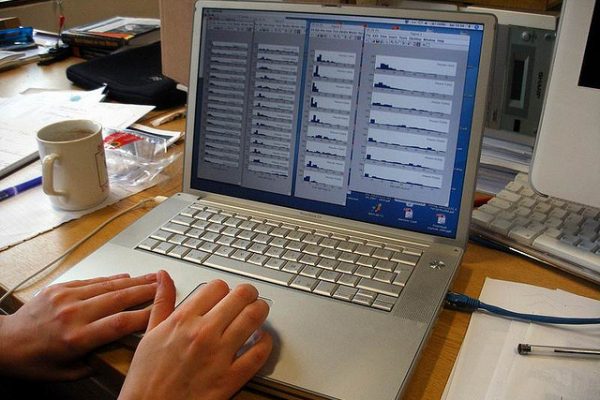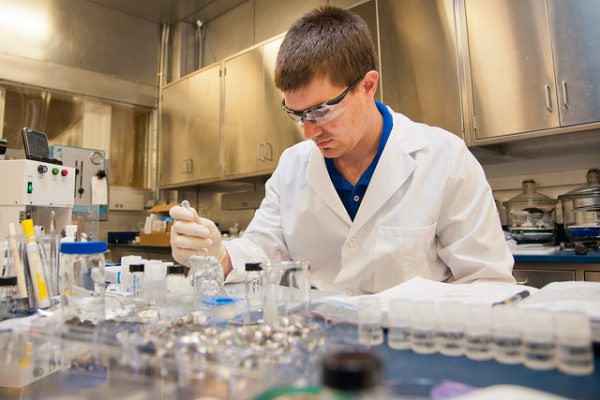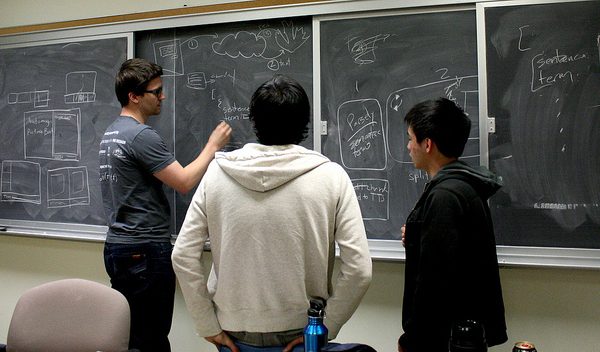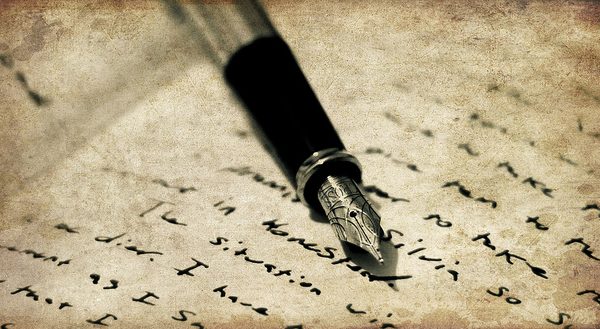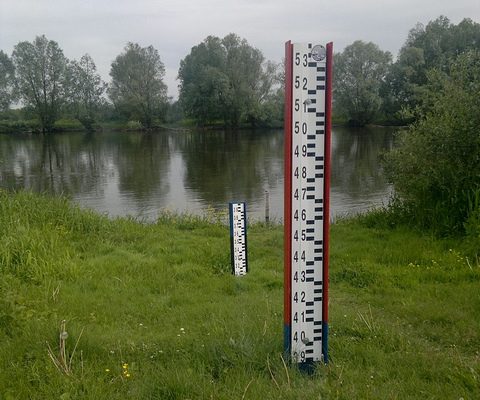5 Machine Learning Areas You Should Be Cultivating
Last Updated on June 7, 2016 You want to learn machine learning to have more opportunities at work or to get a job. You may already be working as a data scientist or machine learning engineer and looking to improve your skills. It is about as easy to pigeonhole machine learning skills as it is programming skills (you can’t). There is a wide array of tasks that require some skill in data mining and machine learning in business from data […]
Read more


